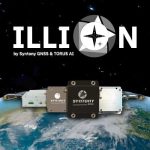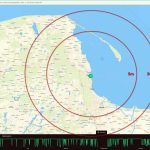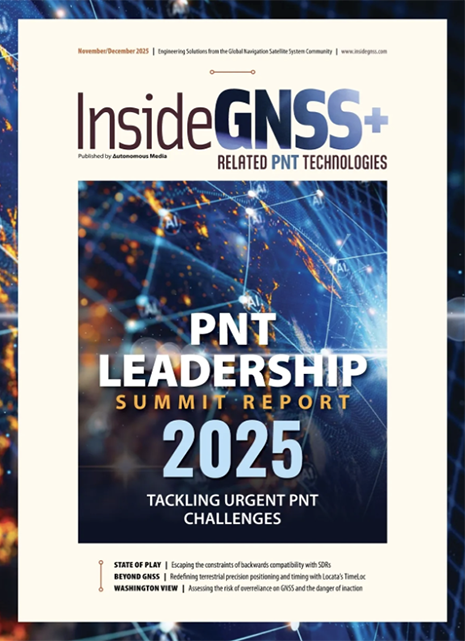Iridium Awarded U.S. Department of Transportation Contract for Complementary PNT Services Deployment and Testing
Iridium Communications Inc., a provider of global voice, data, and PNT satellite services announced it has been selected by the U.S. Department of Transportation (DOT) for an award through its Complementary Positioning, Navigation, and Timing (CPNT) Action Plan Rapid Phase Award II.
By Inside GNSS













